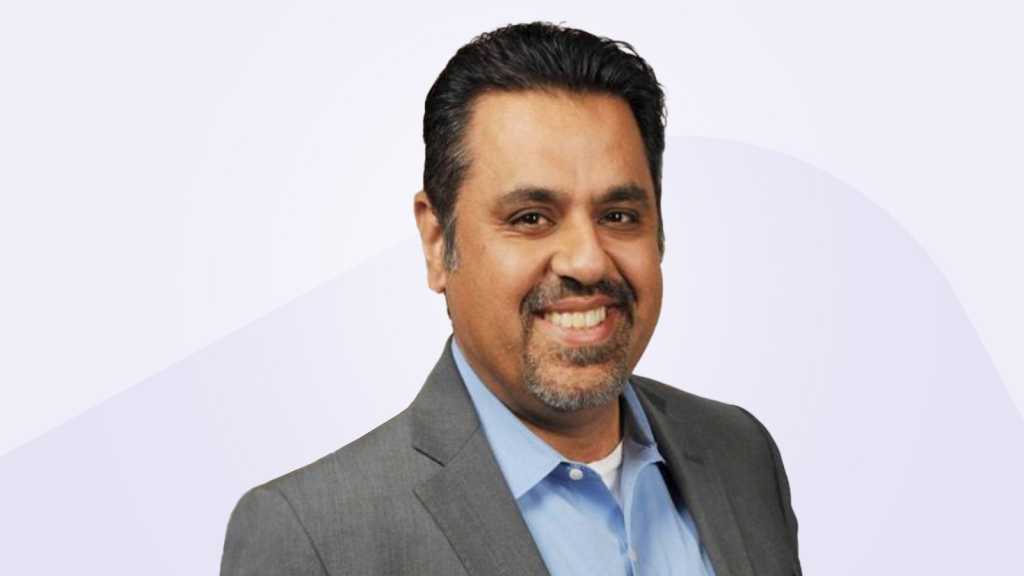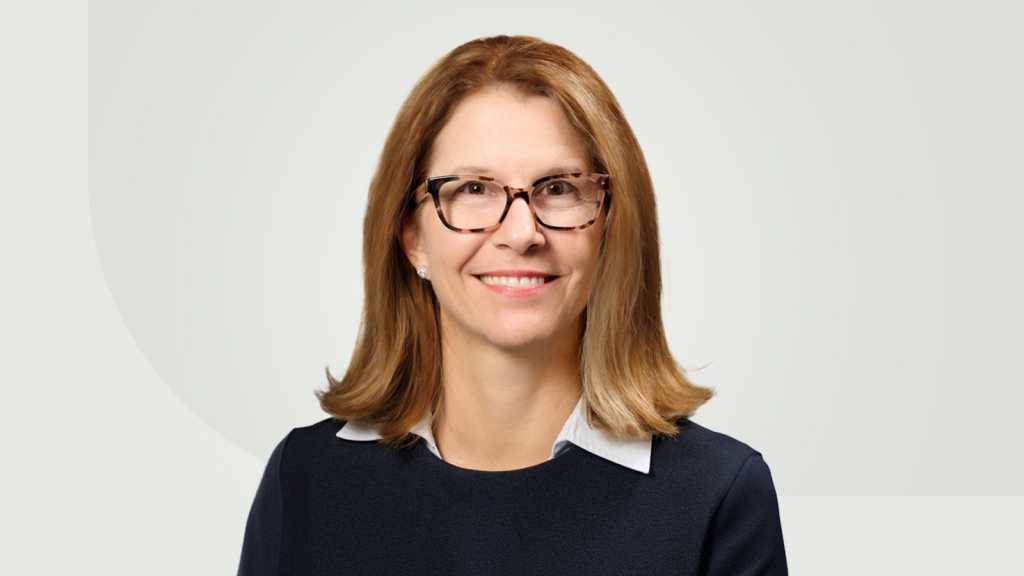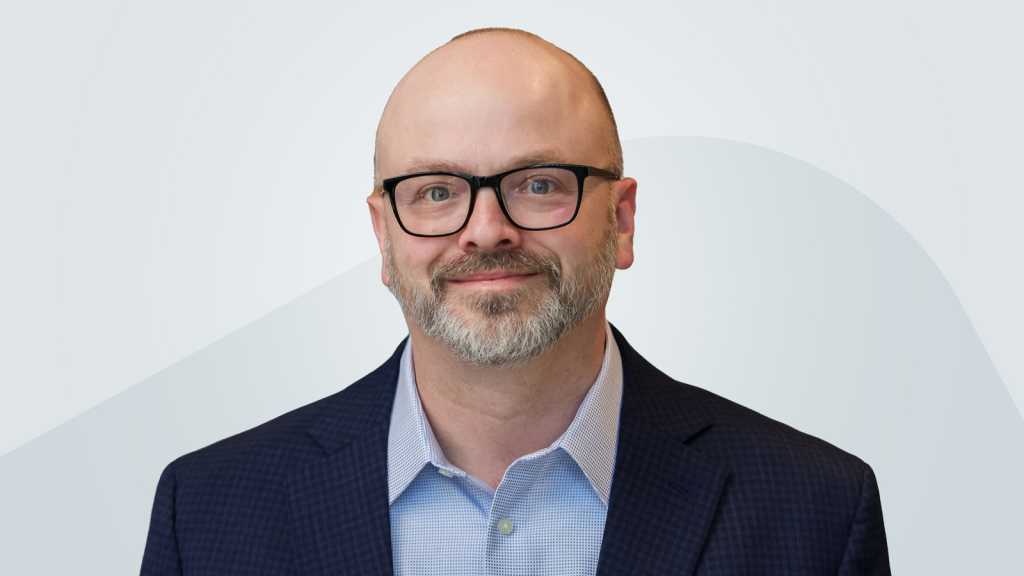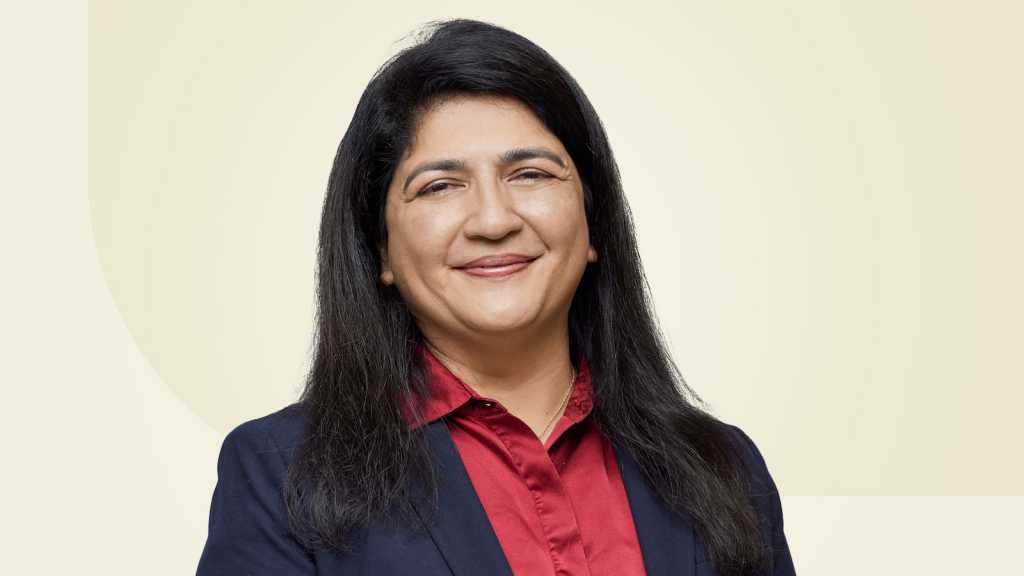We are standing at a once-in-a-generation inflection point that will rival the most transformative infrastructure eras in US history. Fueled by the rise of AI, more than $7 trillion is being invested into the infrastructure needed to power the future, with companies projected to invest $5.2 trillion into data centers by 2030 to add 125 gigawatts of AI-related capacity.
This massive growth amounts to a reimagining of what critical infrastructure looks like in the AI era. At the center of this revolution is a new class of tech executives helping their companies not just keep up, but leap forward, by designing, securing, and scaling the digital foundations of tomorrow’s economy.
To dig into what this moment means, I had the privilege of moderating an engaging roundtable with five remarkable CxOs from companies that sit at the core of this transformation. We explored how CIOs and digital leaders can rise to the challenge and help shape the future of critical infrastructure in the AI era.
Joining the conversation were:
- Mike Adams, chief digital technology officer at Black & Veatch, which is helping engineer the future of energy, water, and data center infrastructure
- Carrie Busbee, CIO at Core & Main, a specialized distributor of water, wastewater, storm drainage, and fire protection infrastructure
- Khalid Kark, field CIO at Cloudflare, which helps protect and power the digital backbone of the internet
- Pragati Mathur, CDIO at ConocoPhillips, which is applying cutting-edge tech to ensure secure, sustainable energy production
- Katrina Redmond, CIO at Eaton, which helps power the next generation of data centers
Hand-selected for their diverse infrastructure vantage points, each of these executives is leading in a space essential to this next chapter of American growth. Following are the unique insights, bold thinking, and real-world examples they shared about how their organizations are showing up to meet this moment.
Redefining value in the digital era
When it comes to driving value through IT, Cloudflare’s Kark has observed a shift in the equation for CIOs today. Modern CIOs must deliver more than the traditional IT mandate of cost savings and efficiency, Kark says. And they must do so through three interrelated lenses of value: “Are you making your organization smarter? Are you making your organization faster? Are you making your organization safer?”

Khalid Kark, field CIO, Cloudflare
Cloudflare
These pillars represent the expanded value narrative for digital leadership, one that is also redefining the playbook for CIOs and their teams.
“Our function, our roles, and the next iteration of these evolutions has got to be vastly different,” Eaton’s Redmond says. “How do you keep the company safe and really pour on the speed? Classic IT organizations are agile discussions but waterfall mentalities, and we can’t operate in that way anymore. You can stand up these [AI] agents, and two minutes later they’re working and off doing their thing. We aren’t going to be delivering and functioning in the classic way that we’ve done. System implementers, consultants — that whole paradigm is no longer.”
Redmond says Eaton is leaning heavily into technology and AI to create more resiliency across its ecosystem, a common theme for all these IT leaders. They’re building AI capabilities not just as tools, but as strategic enablers. From energy efficiency and emissions reduction to process automation, customer experience, and knowledge management, AI is being embedded across functions. The result is a more responsive, data-driven organization that can pivot as circumstances evolve.
Being able to communicate that value is central for developing the capabilities that will allow organizations to be proactive and future-ready, Kark says. “Simplifying the value story, clearly defining and articulating the value levers, and securing stakeholder buy-in are just as critical as consistent execution. In today’s environment of rapid change and growing complexity, organizations that can align around and operationalize their value narrative will be best positioned to lead.”
Transforming the customer experience
A big part of that value story relates to how infrastructure connects to customer value. For Core & Main’s Busbee, that’s all about modernizing water delivery to critical infrastructure installations.

Carrie Busbee, CIO, Core & Main
Core & Main
“Water is the reason people pick locales,” Busbee says. “It plays a vital role in the construction and operation of data centers because of its importance in cooling systems that regulate the heat generated by servers. Access to a sustainable water supply is a key consideration when selecting data center locations, influencing both design and long-term operational viability.”
She explains that Core & Main takes a customer-centric approach, co-creating solutions with its infrastructure clients to drive faster and better coordinated construction of these mega projects. “These types of projects are highly complex and fast-paced, but we add significant value to the process because of our consultative approach, project management capabilities, and product breadth,” she says.
Eaton’s Redmond notes that the power management company is using data insights from the hardware it sells to improve uptime for customers, as well as to inform future product development.
“We have over 30 distribution facilities globally,” she says. “So we have a lot of focus on, how do we simplify our architecture? How do we simplify the work components of what we create from a hardware perspective? And then, how do we help customers advance themselves quickly enough in the context of managing the changes that we’re making to the products? We’re constantly challenging ourselves from a future-ready perspective and how we’re engineering and projecting three, five, and ten years down the road.”
Building trust to push game-changing ideas
These CIOs also recognize opportunities to transform the internal customer experience. One of the challenges Adams has encountered at Black and Veatch is that some of the projects in the field are very focused on process and a rigid way of doing things. “For all good reasons,” he notes, “but that tends to run counter to thinking outside the box and identifying opportunities to disrupt in a positive way.”

Mike Adams, chief digital technology officer, Black & Veatch
Black & Veatch
What’s more, he says, many of the people who are thinking about the full potential of the technology “sit in an office like I do. So you have the great divide and chasm of needs versus how to fulfill and maybe change the game in the field.”
Using the example of software development, Adams highlights that people often tell you one thing about how they interact with software but, based on analytics, behave very differently when they use it. This is why it’s important to get out and see how people interact with technology, in the office and in the field, not just listen to what they say they need. Only then can you deliver solutions that make a difference.
ConocoPhillips’ Mathur says that’s the approach her team has taken to build trust and improve adoption of new technologies in the field. In one recent instance, they spent time with field operators, observing their workflows, listening to their challenges, and getting a better sense of the problems they face. They were then able to translate their pain points into actionable opportunities for improvement.
Trust-building is foundational to addressing all these challenges. As Cloudflare’s Kark puts it, “Without trust, you’re not going to be able to change behaviors. Trust is absolutely bedrock.”
Mathur’s team has seen the impact firsthand. “Now when you pick up the phone and call someone in the field, they’ll hear you out. Where they used to maybe say, ‘You IT people don’t get it,’ now they listen and try to understand, and we have constructive conversations back and forth. There’s a little bit of purposeful creative tension. They push, we push, and then we get to a solution.”
Managing the edge while ensuring security at scale
As the digital perimeter expands, managing edge infrastructure has become a puzzle with no one-size-fits-all solution. Many organizations grapple with how to divide responsibilities between cloud and edge systems while maintaining consistency, security, and performance.
This complexity is especially pronounced in environments with distributed assets, where field systems and IT are converging rapidly. These leaders are rethinking what belongs at the edge, what stays in private data centers, and what shifts to public cloud. They’re also mindful of the intensifying threat landscape.
“If everything’s edge-enabled, you’re only as good as the third parties you’re working with,” Redmond says, pointing to the lessons of the CrowdStrike incident. “That sort of explodes this perimeter of the vectors that can come at you. And then you’ve got AI being used not just to help you, but to hurt you. It’s really a bigger challenge than I can remember.”
Indeed, Kark warned that the time from vulnerability disclosure to active exploit has been reduced to 22 minutes, while most companies take weeks to patch. “We’re seeing unprecedented scale and speed,” he says, citing Cloudflare’s experience blocking complex threats and multi-trillion-byte denial-of-service attacks.
At Black & Veatch, Adams says, “We’re looking at this as a defense-in-depth approach. We’re looking for those big planes of risk and trying to prioritize cyber hygiene and maturity, because a lot of what we’re seeing now is, by the time a vulnerability is announced, it’s already been exploited in the wild.”
As a result of this heightened risk, Mathur says ConocoPhillips modernized their entire cyber program. “With anything we’re building, cyber is fully integrated, along with digital. Both are key foundational components in every implementation.”

Pragati Mathur, CDIO, ConocoPhillips
ConocoPhillips
The human dimension: Building a future-ready workforce
All these efforts hinge on a skilled and adaptable workforce. Redmond says Eaton is acutely aware that the average age of its workforce is higher than in many other industries. As a result, the company has prioritized building a future-ready workforce, both through training and by leveraging AI to capture critical institutional knowledge and mitigate single points of failure. The company is also looking at how to leverage agentic AI.
“Just as we’re challenging ourselves from a future-ready perspective in terms of our products, we’re also looking at how we’re managing our knowledge base today to project three, five, ten years into the future and determine whether we’re making the right bets,” she says.
One way Black & Veatch is working “to create some tailwinds against those headwinds of competency loss” from retiring employees is by recording and transcribing videos in which principal engineers share their knowledge. “It’s a way to transcribe and leverage generative and agentic AI to democratize that information across newer engineers out of college,” Adams says.
Busbee says Core & Main holds in-person training for more than 20% of its associates annually, even bringing people back from retirement to conduct training courses at their St. Louis headquarters.
Adding to the talent succession issue is the fact that younger generations often lack interest in legacy infrastructure roles.
“Today’s top talent increasingly values flexibility — in work environments, career paths, and learning opportunities,” Kark says. “Rather than specializing deeply in a single domain, many in the younger workforce prefer diverse experiences and adaptable career trajectories. I call them serial specialists. You specialize for a few years, and then you move on to a new role where you’re learning something new.”
He sees an opportunity to leverage AI models to aggregate and track these specialized skill sets and capabilities so that it’s available for the serial specialists joining the workforce.
Kark shares another data point with significant consequences for a future-ready workforce: The half-life of a technical skill set is now estimated at just 2.5 years. That means organizations must invest heavily in upskilling and retraining — or risk obsolescence.
The mindset for success
The industry has gone through a tremendous amount of change over the past three years. And as Kark says, it’s also the least amount of change today’s CIOs will see in their careers. The ability to handle change and lead through it is key.
Technical knowledge and skills are important, but given the speed, scale, and complexity of change, a mindset shift must come first. The executives all touted the importance of curiosity, creativity, initiative, and a learning mindset.
Adams says his senior leadership is focusing on developing and strengthening these and other essential human factors through training on areas like “how leadership properly engage in crucial conversations to ensure progress, build followership, and find common areas of agreement that can lead to moving the ball forward.” He adds that professional and personal resilience is something everyone needs to keep building to maintain balance and calm in the storm.
As these visionary leaders are making clear, this is not business as usual — it’s a reinvention of the infrastructure that powers our economy, our security, and our future. The scale and significance echo the boldest infrastructure eras in American history. Just as the highway system enabled the mass movement of people and goods, today’s infrastructure build-out is powering the mass acceleration of intelligence, automation, and innovation at scale. But this time, the pace is blistering.
As Redmond points out, “If people are talking about more than a day’s turnaround and delivery of something, it’s too late. The way we think, the way we implement, the way we deliver is different now. Those organizations that embrace it will do well. The organizations that try to fight it and stay in the same old mold will be in trouble.”

Katrina Redmond, CIO, Eaton
Eaton
CIOs will chart the course
As we stand on the cusp of this transformative era, it’s clear infrastructure is being reimagined. The convergence of AI, digital innovation, and historic investment is forging a new backbone for our economy, one that demands speed, resilience, and imagination. The companies that recognize this and empower their technology leaders to lead from the front will be the ones that define the next chapter.
At the very tip of this spear are the CIOs and digital executives who are charting the course. They’re playing a crucial role in determining how to allocate their company’s investments wisely and strategizing when and where to go on offense and when to recognize that the best offense is having a good defense. They’re not just implementing tools; they’re engineering advantage and building platforms that accelerate innovation, strengthen security, and unlock new business models. This is their moment to shine, not behind the scenes, but at the head of the table.
The blueprint is being drawn now. The digital foundations are being poured. And those bold enough to lead in this moment — those who embrace the pace, seize the opportunity, and reinvent boldly — won’t just adapt to the future. They’ll build it.
Read More from This Article: Critical infrastructure CIOs chart a vital new course for IT
Source: News

